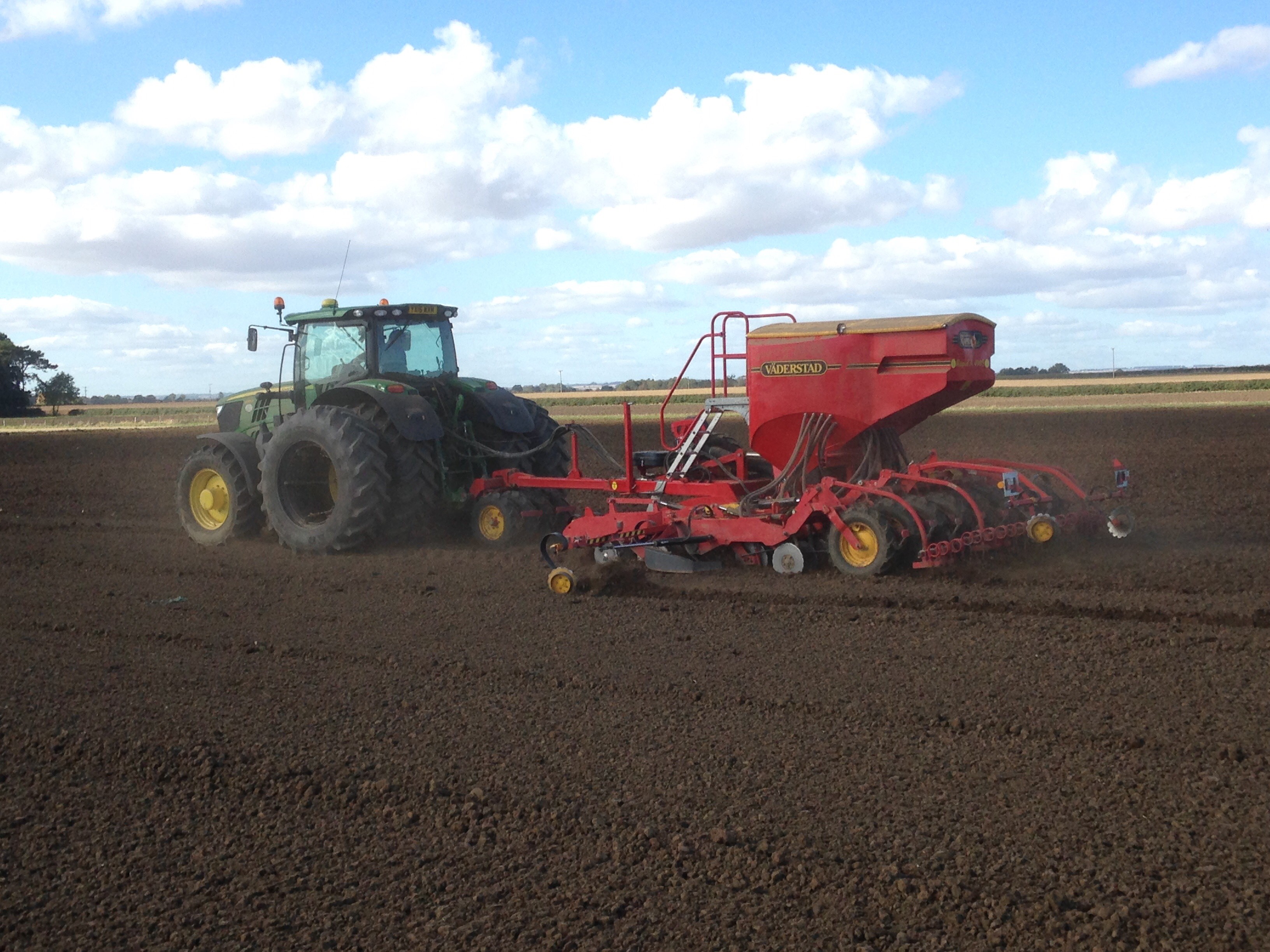Market Update
Posted by Anderson Grain Marketing on Feb 17, 2020 in AGM News | 0 comments
The Euro has fallen to its lowest level against the dollar since April 2017 at $1.08. This is thought to be due to the concerns surrounding the spread of coronavirus weighing heavily on the markets.
Significantly, the pound broke the 1.20 mark against the euro last week. This morning, it is trading at 1.2028, the highest level seen since June 2016.
Despite my constant reminder to concentrate on “the bigger picture” instead of the view from the tractor cab, the relationship between new crop UK wheat futures and UK rainfall correlates almost perfectly (as so many of you growers have quite rightly and “politely” pointed out to me over the last few weeks).
Both old and new crop UK wheat futures have risen since the rain began to fall at the end of September last year and although there are other, more prominent underpinning factors to support the rally, concerns surrounding new-crop drilling have undeniably switched thoughts from a high export requirement to a potential need for a stock carryover.
Since early September, the May 2020 London LIFFE wheat future has gained £15.25/T, and the November 2020 LIFFE wheat future has gained £20.00/T. Both French and Chicago wheat futures have also experienced proportional gains.
However, the tide has begun to turn in recent weeks, despite the continuation of reasonably poor weather. As the death toll rises from coronavirus, ships are now being physically diverted, sparking further concerns for demand. This, alongside a firmer pound, will continue to add pressure in the coming weeks regardless of UK rainfall.
This morning, feed wheat for March collection is valued in the region of £152.00/T ex-farm. Unless you are willing to play the long game and take on additional risk, I think this value is fair given the current sentiment.
As for new crop, £160.00/T ex-farm is still on the table for movement before the end of the year. From its recent peak of £167.80/T in mid-January, the London LIFFE wheat future is this morning trading at £160.85/T. Again, this seems reasonable within the current context.
Old crop feed barley continues to trade in the region of £130.00/T ex-farm as it has done for weeks now regardless of any movements within the wheat market. But will this value improve? There are several things to consider:
- The very real threat of a large UK spring barley crop.
- Historically high levels of maize corn being imported
into the UK. 238,000 tonnes of maize corn was imported in December, taking the season
to date total (July-December) to 1.24 million tonnes. This is just 49,000
tonnes behind last year, when imports were financially beneficial due to the
high prices of feed barley.
- Chicago maize corn futures are currently at a £35/T discount to nearby UK wheat futures – a good incentive to import.
- The South American Maize Corn harvest – particularly Brazil. They are due a large harvest this season, which could keep global values under pressure. Around 10% of the UK’s maize corn imports came from Brazil last year.
- Ukrainian maize corn exports – which are currently abundantly available and extremely competitively priced. Ukrainian maize is around £8.00/T cheaper delivered into a Yorkshire mill than UK feed barley.
This month’s WASDE for the current 2019/2020 trading season were released last week and although the market response was reasonably muted, there are a few key points to consider. To review the report in full, please see the following:
- Wheat production for all the major exporters remained unchanged.
- The report did not account for any further buying from China in the wake of the “phase one” trade deal that the US and Chinese officials signed on the 15th January. Chinese maize corn imports are unchanged. Will China be forced to reduce expected purchases if the spread of Coronavirus continues?
- US wheat stocks were lowered, but world stockpiles remain at a record level, which pressured nearby futures.
Moving forward, I would imagine both old and new crop wheat values to trade sideways for a few weeks yet until we enter the planting season over in the US for both maize corn and soya. Various online reports are suggesting “we could see a cool and wet spring in the US midsection”, which could be a bullish development. As always with weather patterns – this is hugely speculative and there are no guarantees.
Of course, there is always the further spread of coronavirus to contend with, along with any Brexit developments and subsequent currency fluctuations.
For those of you that missed Kevin’s article over the weekend in the Yorkshire Post, please see the following:
